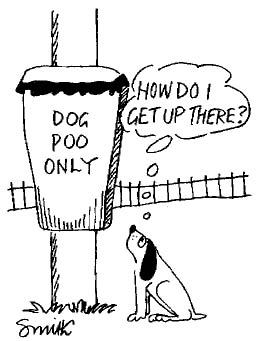And so to my 72nd car (71st if you don’t count the horsebox).
And so to my 72nd car (71st if you don’t count the horsebox). Oppressive financial responsibility has slowed the recent rate of change and I’ve had my 1999 old-shape Discovery 2 for an unprecedented eight-plus years, although one or two others were run in harness with it during that time.
It has been a good and faithful servant. Purchased from main dealer Caffyns in 2002 for £17,000 (minus £3,000 for my trade-in Range Rover) at 37,000 miles, it needed expensive warranty work on the gearbox and ECUs (electronic black boxes) in the first year. Since then virtually nothing has gone wrong. After 121,000 miles it’s still on its original clutch, exhaust, injectors and battery. It consumed the usual consumables, of course — brake pads, wiper blades, shock absorbers — and the front coil springs had to be replaced, at about £100 each, probably because of the road-canyons — colloquially known as potwholes — around here.
Admittedly, there were occasional leaks from the seal around one sunroof, but a Land Rover of that period wasn’t a Land Rover without a leak. I ran it on high-grade fuel, yielding around 30mpg, and changed the oil every 6,000 miles, twice as often as the book said; there’s still no trace of smoke. A local farmer paid me £3,950 for it.
I’ve never anthropomorphised my vehicles, never named them, but daily familiarity and the patina of age and use can lend to inanimates a seeming personality, like firelight reflected in the coal scuttle. An old door, for instance (doesn’t Hardy write of a cottage door, worn by exits and entrances as a latch is worn by the key?), a favoured pen or watch, a kettle.
My father was a farmer — by trade a carpenter — and I have his tools. He was of that farming generation for whom wheelbarrow, dung-fork and jackknife were the most essential daily tools. I have them, too, but among his others is a great screwdriver blackened with age, 17 inches long, the wooden handle split and broken by hammering, its edges worn smooth again by the pressures of palms, his and mine.
It has withstood all sorts of inappropriate uses — tyre lever, chisel, tin-opener and most recently mole-tunnel probe — and it is still the one I use most, especially for getting at the air-intake on my tractor when the old girl needs a squirt of Easy Start. Using it feels almost like holding hands with my father.
Can a vehicle, that vastly more complex inanimate, reflect personality in the same way? Without tripping too far down the primrose path of sentimentality, I think it can — to the regular user, anyway. Vehicles speak and, like us, sound different when they’re ill. They’re working dogs, they want to go, to be told what to do, and we get used to listening, watching, helping them. The position of the seat, your movements in relation to the controls, the feel of the car, its behaviour on that corner as opposed to this, the parts of the wheel worn smooth by your hands, the fact that you can drive it without having to think about it — all these little familiarities amount to something like a relationship. Mechanical dependability feels like loyalty and getting rid of it a desertion.
I forsook it in one of those if-not-now-then-when moods, taking up with a younger member of the same family, a 2006 Discovery 3, 70,000 miles, the new shape but not the latest model (see Spectator, 3 October 2009 for test of the Discovery 4). This big box is truly a different generation. Though less well proportioned than my old model, the shape grows on me and I’m sure design director Geoff Upex was right to do it from the inside out. Handling and visibility are so much better, with none of the old seafaring wallow. It’s quieter and more powerful, with a smaller turning circle and an authoritative but not bullying driving position and presence.
It’s such a pleasure to drive that I’ve forgiven the new tyres for costing £40 each more than on my old one and, through gritted teeth, will even forgive it for costing twice as much to tax. Finally, being the base model, no sunroofs so no leaks. Even I can’t quite persuade myself I’ll miss them.





Comments